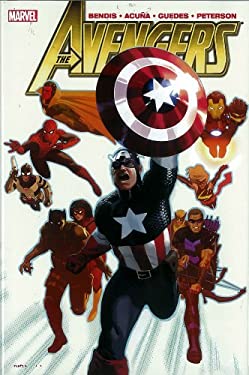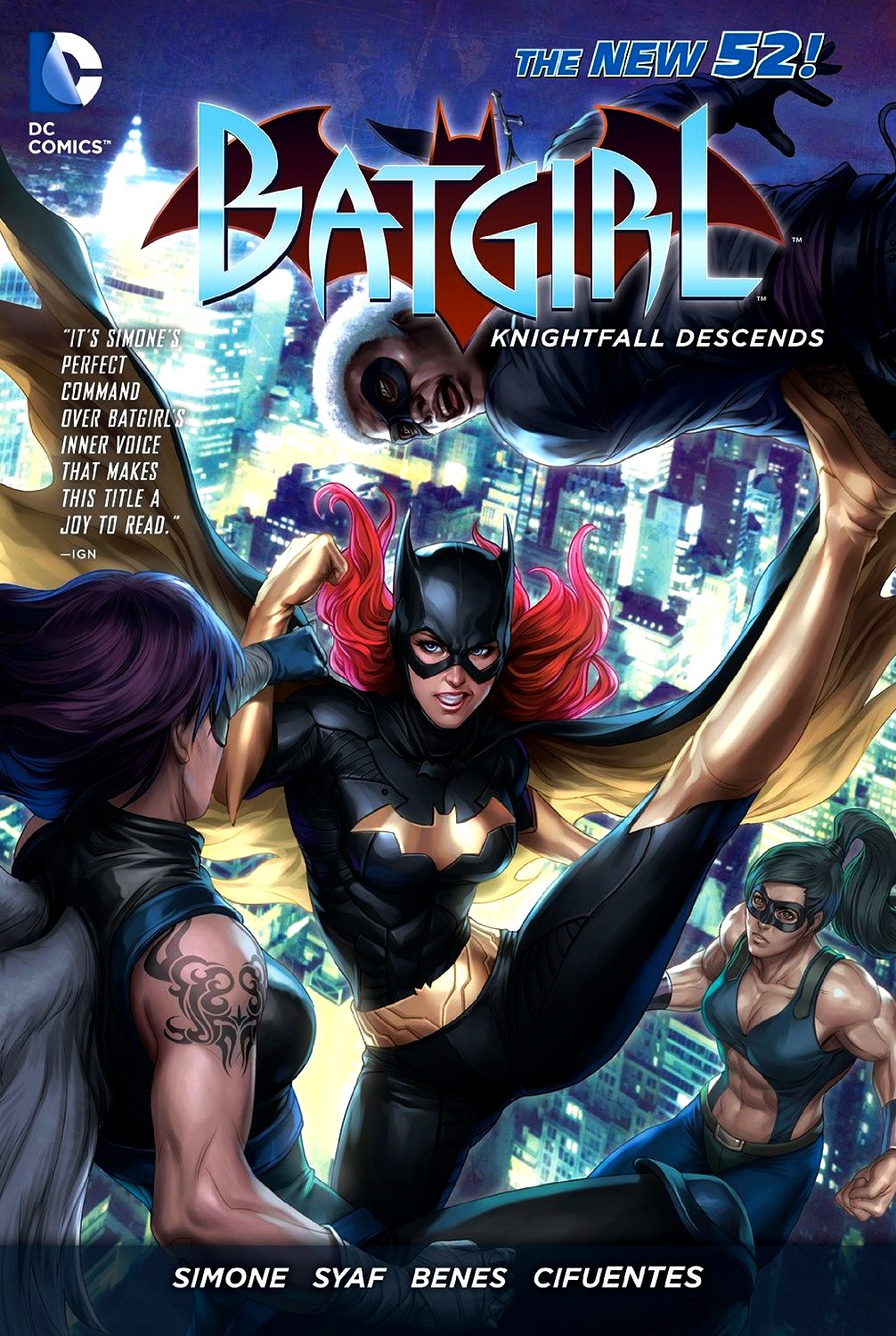Static Shock Volume 1: Supercharged (The New 52)
 |
| Unfortunately, "holding jellyfish" is not a superpower. |
Writers: Scott
McDaniel and John Rozum
Artist: Andy
Owens
Read as trade paperback.
Background
Information:
Static is probably best known for the cartoon featuring the
character from the late 90s to early 2000s. The character is basically a
high-school aged guy in the future who somehow has electric powers. The cartoon was made when Warner Bros. was
going through a “future-obsession”. Shows like Batman Beyond and The Zeta
Project were already gaining popularity amongst kids, so Static Shock seemed like a logical
choice. Only Batman Beyond was a
smash hit, but Static
Shock was entertaining enough to be watchable.
So now he comes into the New 52. That’s all I can tell you
about this trade before the review.
Review:
Supercharged is a disappointment, not because Static is an
awful character, but because his potential is tragically underutilised. Upon
reading this book, it becomes pretty obvious that this book was cancelled for a
reason. It’s an absolute mess that lacks energy honestly, isn’t that does not
energise, or even shock the reader at all. It’s a pity, because Static himself
is a truly endearing character and his supporting cast is very likable.
So how did it go so wrong? Well, it’s mostly to do with the
politics behind DC at the early stage of the New 52. Lots of arguments and
head-butting behind the scenes lead to regular changes in the creative talent
(the loss of JH Williams III in Batwoman).
Static is probably the best example of how this can make things go wrong. I
won’t go into details about the backstage stuff here (this guy is much better
at that sorta’ thing), but it’s important to know that this book is so bad
because of these behind-the-scenes tensions.
Before we go too much
into the gloom and doom of the series, let’s talk about the book’s strong
point: its characterisation. Static (or more, his civilian identity, Virgil
Hawkins) is incredibly likable. He’s a little full of himself, but his feet are
firmly on the ground. He’s also one of the few family men in the DC new
universe. No, he’s no father (the dude’s sixteen, after all), but he cares
deeply for members of his family.
Which leads us to the next excellent character, or maybe
characters; Virgil’s twin sisters, both named Sharon. All we know for certain
is that she’s been cloned, but which Sharon is the clone is never actually
revealed. It leads to a nice “who’s the clone and who’s real” subplot that
actually plays out much better than the actual plot itself. I actually found
myself caring for these sisters and their potentially damaged psyches.
Unfortunately, the subplot is better here than the real
plot. I’m not really sure there is one- it’s really just multiple fight scenes
barely strung together. Badly-conceived villains form badly conceived plots,
and it seems to be for no other reason than to fight Static. It’s
disappointing, especially when you consider what a great character Virgil is.
The book’s, main villains, Pirahna, Virule and the Slaters are all fairly
shallow and it frequently seems as though their powers are to ignore plot
holes. The one other interesting character on the side of the demons is a
Joker-looking knockoff called Pale Man (but whatever you do, don’t say he looks
like the Joker; he hates that), and he fades into obscurity fairly quickly.
The art in this issue is fun. Whoever designed the
characters in this trade did a fine job of it as blandly as the characters are
written, they are nice to look at; freakish designs clash with streamlined,
Jetsons-styled ones, and creates a nice contrast. Unfortunately, this doesn’t
make up for the poor writing- no art can distract readers from that.
Considering the problems going on behind the scenes of this
book, it should shock nobody that this book isn’t enjoyable at all. The book is
hardly a shining light to the New 52, and reading it drains the reader more
than anything. I hope we see Static again, and I even think we will. We won’t, though,
see him in his own title for years to come, as the series was cancelled after
this trade. Maybe he’ll show up in the Teen Titans (which would be awesome),
but only time will tell.
Supercharded is
hardly electrifying. The storytelling lacks power and that becomes draining to
all the great parts of this book and makes them meaningless. It gets two out of
five electricity puns.
**
+ Characterisation is good.
+ Art is interesting.
- Story is ill conceived, and it diminishes the good
elements in the book.
- Static’s potential is tragically underutilised.
- Seriously, that story is awful.
Alternate Option:
Pretty much anything
Supercharged so
that unlikable, that almost anything is better.










